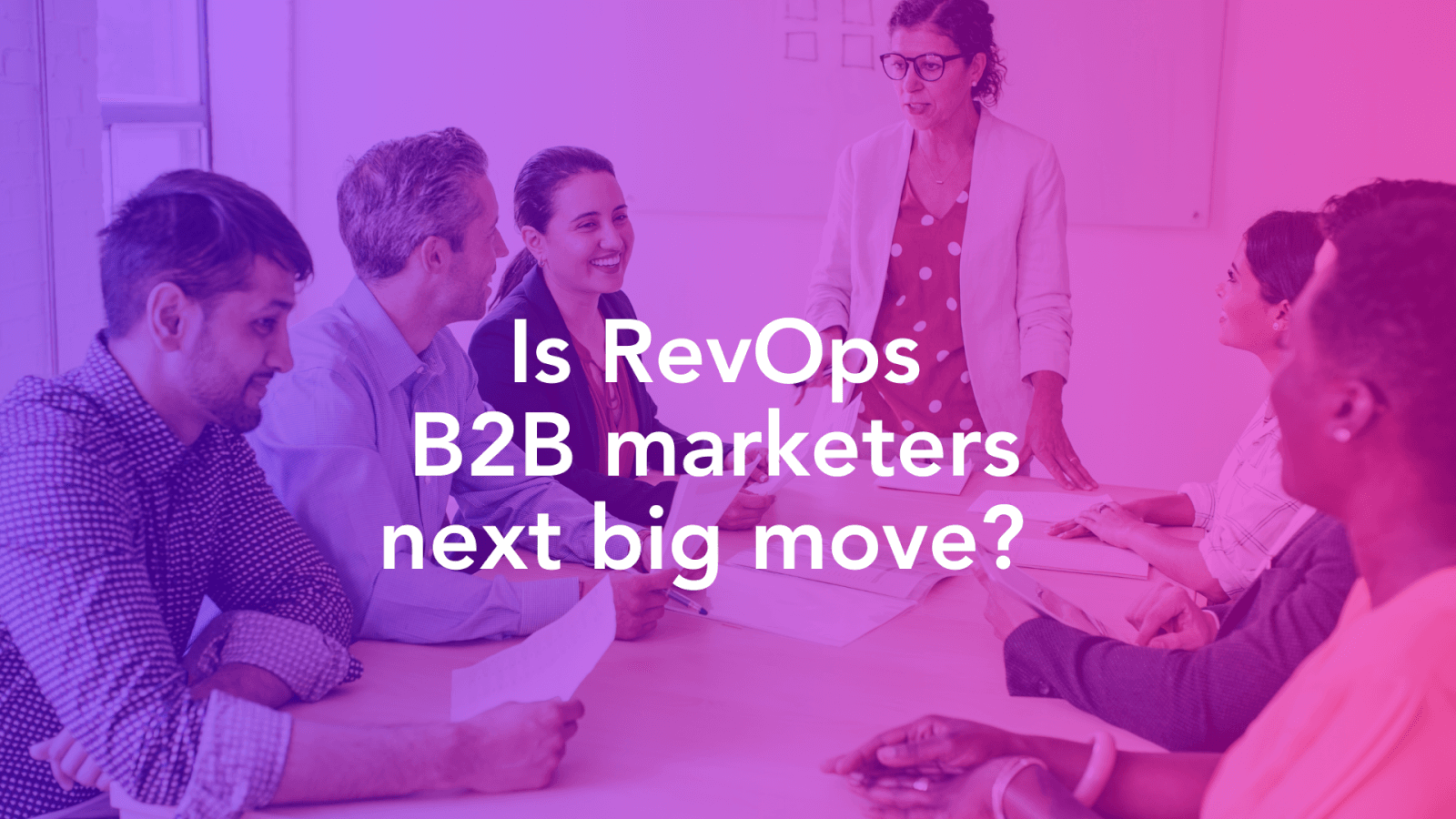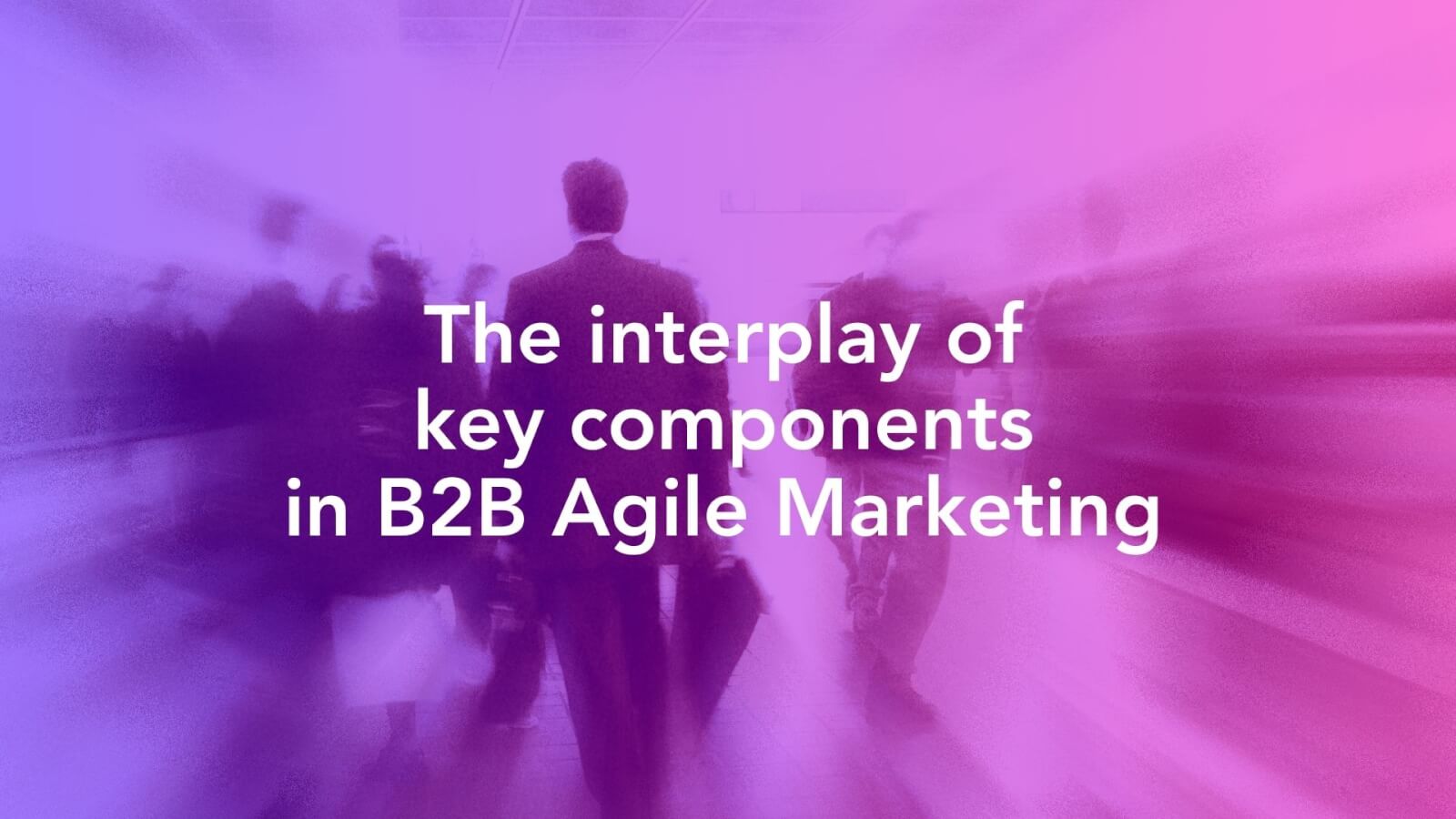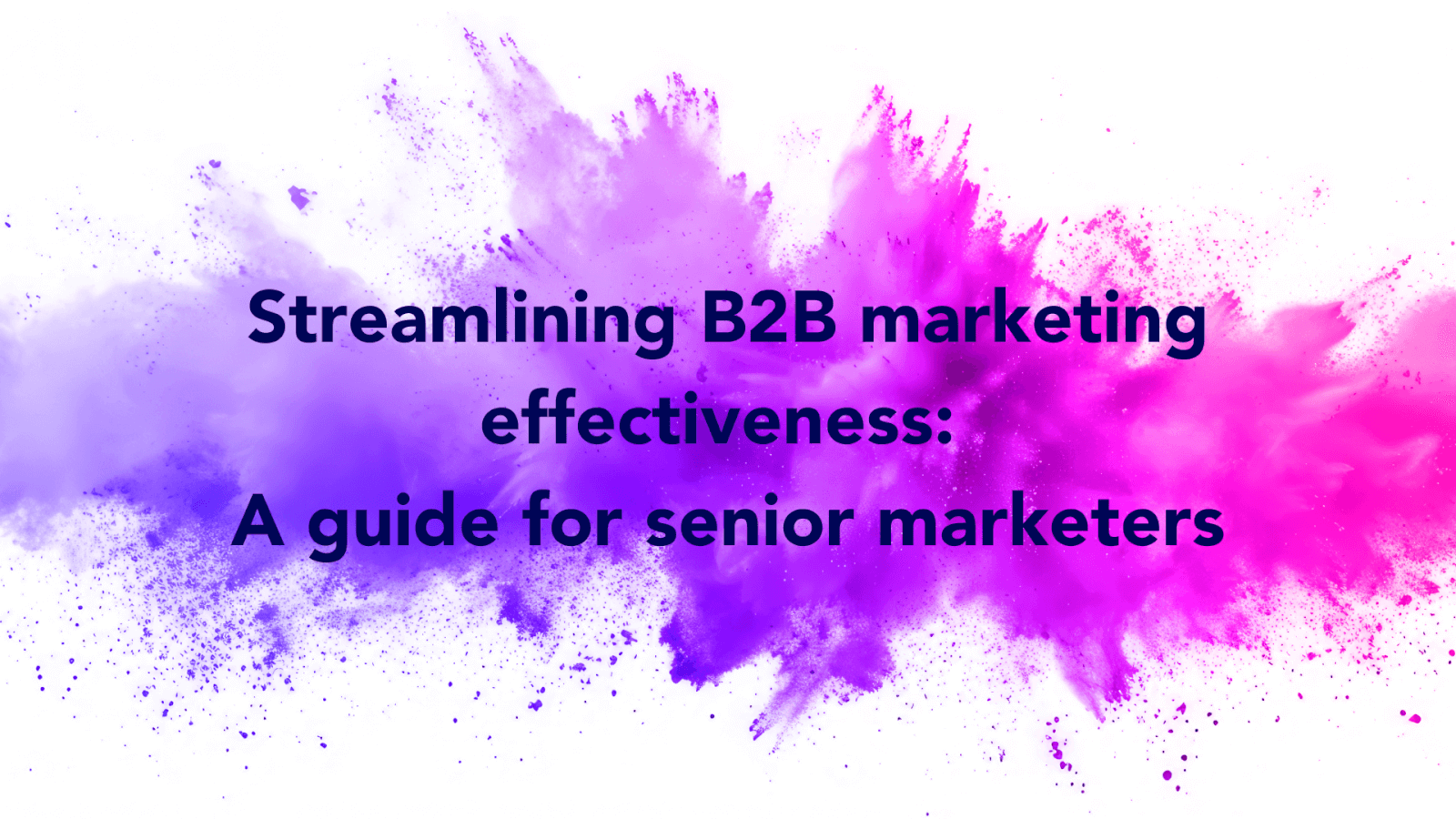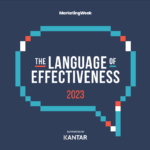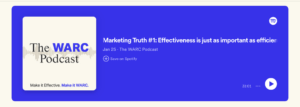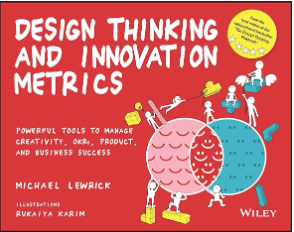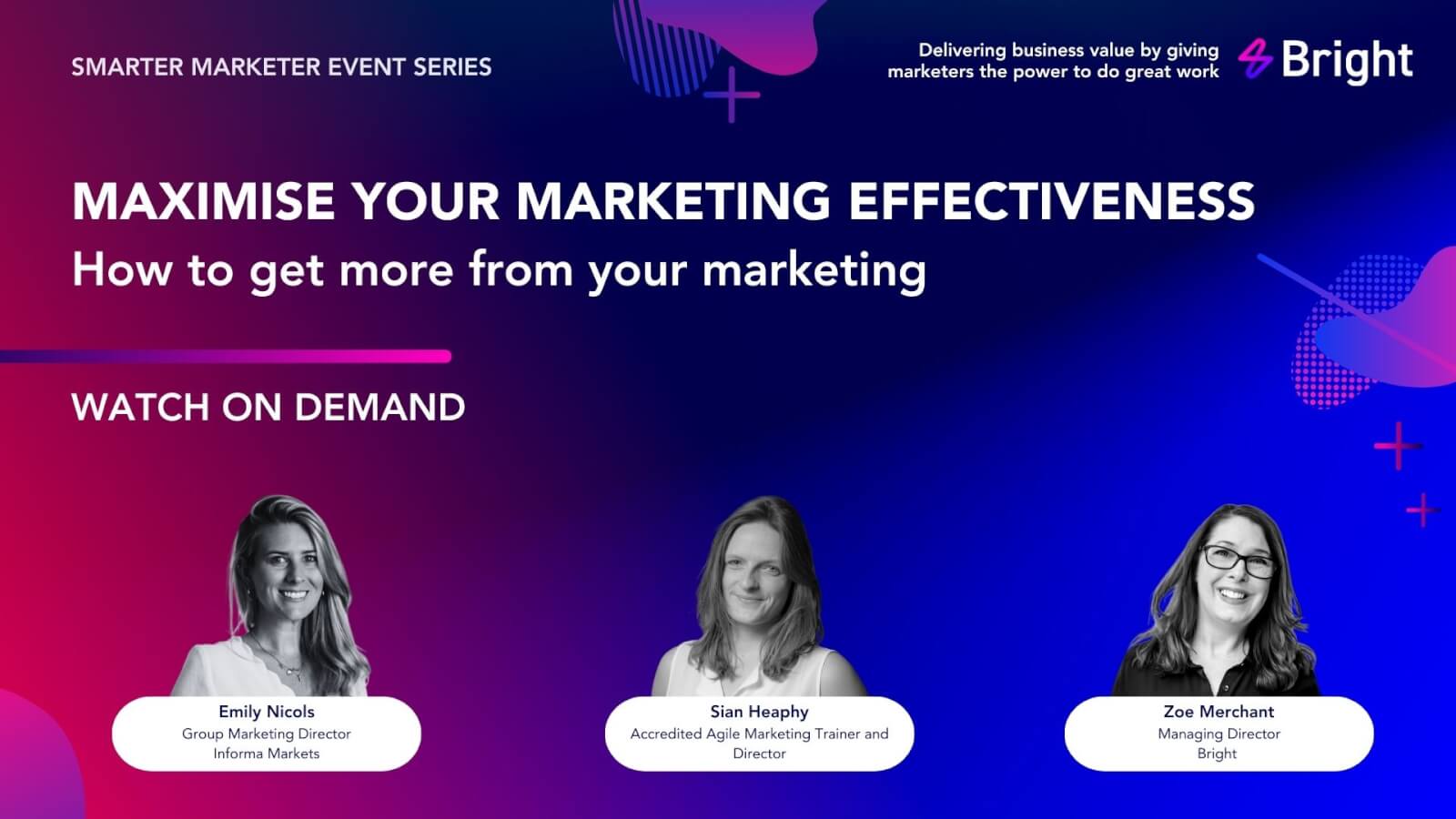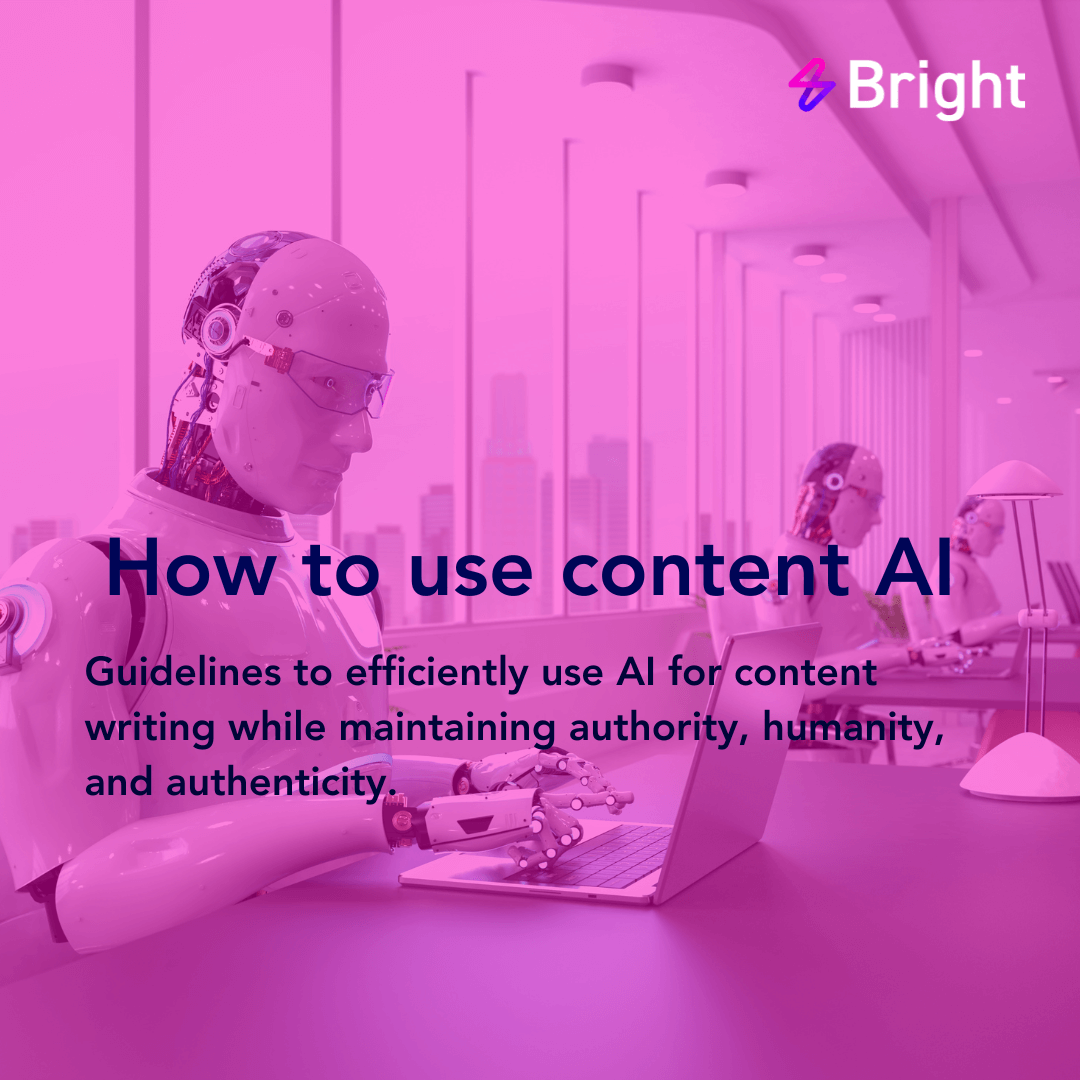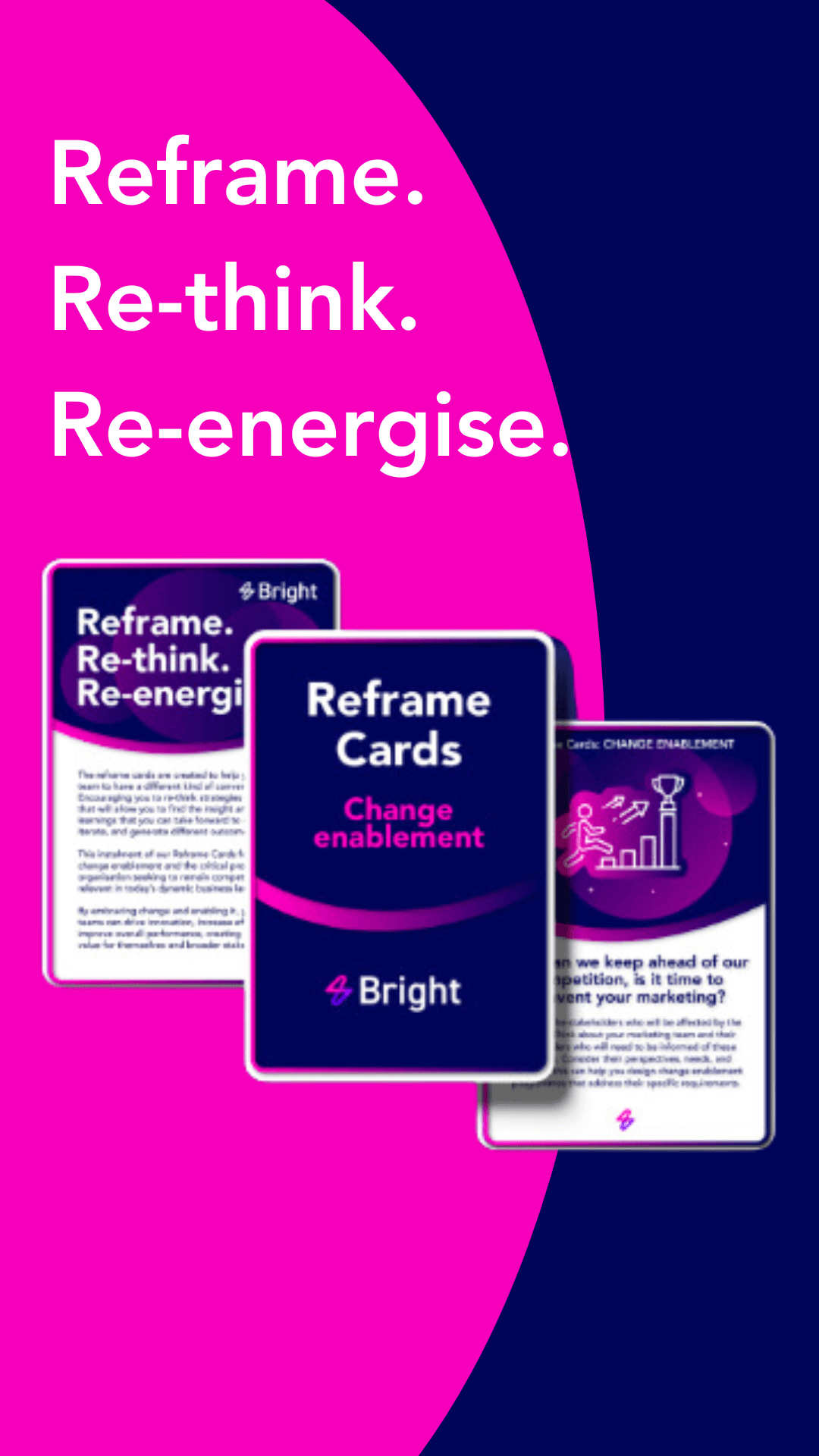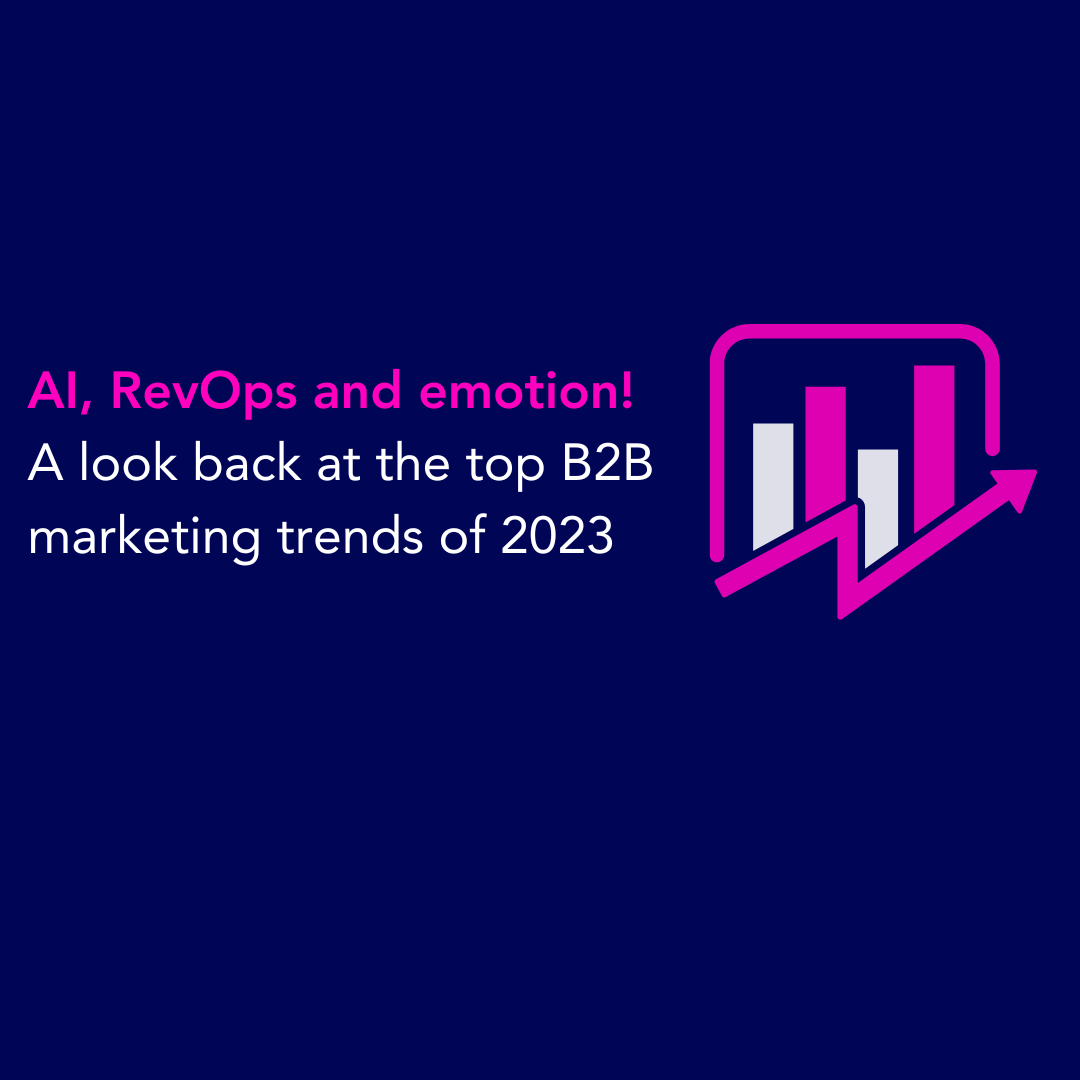Times are tough, changeable and high pressured for most senior B2B marketers and CMOs. Aligning to business goals and demonstrably driving business growth is more important than ever.
Over the last few years working with senior marketers to deliver greater marketing effectiveness and agility I’ve learnt about and applied the ideas of Revenue Operations (RevOps) with the principles of agile marketing. Agile marketing, the foundation of Bright’s ethos to help marketers demonstrate value through delivering great work; champions adaptability, customer centricity, and efficient collaboration. The introduction of RevOps expands these benefits across all revenue-generating functions, through improved alignment, efficiencies and effectiveness, and quantifiable growth against shared goals.
Before diving into the relationship between agile marketing and RevOps, I’ve identified common indicators that signal the need for a RevOps framework in B2B organisations:
- Misalignment between revenue generating functions:
– including Sales, Marketing, Partner & Alliances, Product and Customer Success: Operating in silos indicates the need for the unified strategy that RevOps provides - Inefficient use of data:
If leveraging data across customer touchpoints is challenging, RevOps’ integrated data analytics approach offer a cohesive view for informed decision-making - Inconsistent customer experiences:
Disparate customer experiences suggest a coordination gap, which RevOps addresses by harmonising interactions - Operational inefficiencies:
Manual processes or redundancy point towards the process automation and efficiency enhancements facilitated by RevOps - Difficulty in measuring Marketing ROI:
The inability to directly link marketing efforts to revenue outcomes underscores the need for RevOps’ accountability and clarity.
Lots of firms have these challenges many of them are perpetuated through the organisational culture, the ways of working as well as team and departmental silos. As I share how the integration of agile marketing principles with RevOps, the emphasis on collaboration with the Chief Revenue Officer (CRO), cross-functional teamwork, and a cultural shift towards alignment and collective goal pursuit becomes increasingly significant. These are critical success factors for marketers committed to making an impactful contribution to revenue growth.
Collaborate with the CRO
We all know that a productive partnership between marketing leaders and the CRO is critical for sales and marketing alignment and forms the bedrock of RevOps success. For example, when one of our software client’s CMO and CRO began holding regular strategic sessions, they achieved a unified view of the customer journey, enhancing cross-sell opportunities by 10% within six months. This partnership ensures every initiative is directly linked to revenue, creating a united approach to growth.
The power of cross-functional collaboration
Cross-functional collaboration is a key principle of agile marketing and underpins the success of a RevOps approach, reducing and removing (where you can) silos to create greater cross functional collaboration to continually improve the customer experience. An example from our work at Bright is a project with a global HCM software marketing team that focused on improving cross-functional collaboration to improve efficiencies and formed cross functional agile squads/hubs including their sales stakeholders and product Subject Matter Experts (SME), which led to a 20% reduction in lead follow up times and improved conversion rates by >5%. This collaborative approach and culture ensure all departments are working towards common business goals.
Cultivating a culture of alignment and collective goals
RevOps necessitates a shift towards an alignment and collective goal pursuit are prioritised. Everyone moves in sync and are focused on KPI and OKR that are shared and aligned to the business goals. A Bright client – a continual improvement product and services firm – implemented agile marketing and activated RevOps to define, agree and set common goals and metrics as well as ensuring there was data & reporting to support this approach. This included the CRO, CMO and CFO as well as cascading across the sales and marketing teams. This culture of alignment enabled the organisation to adapt to changing internal and external market factors effectively and meet strategic objectives with greater cohesion.
How to get started
Implementing a RevOps model is a strategic shift that focuses on aligning cross-functional teams and cultivating a culture of shared goals and objectives. For B2B marketing leaders, establishing common goals and KPIs is the first step. This ensures alignment across all teams contributing to revenue generation.
Quick-start Agile Marketing & RevOPs checklist:
- Align on objectives and KPIs:
Ensure revenue generating teams such as marketing, sales, and customer success teams agree and share common goals - Review current processes:
Identify gaps in collaboration and alignment - Establish regular cross-functional communication:
Keep all teams informed and engaged - Implement shared reporting:
Use dashboards for transparency and to track collective progress - Pilot small agile marketing projects:
Demonstrate the benefits of agile marketing and RevOps approaches by starting with manageable initiatives such as a pilot customer acquisition or retention campaign.
This approach offers a clear framework for beginning with RevOps, guiding organisations through the early stages of adopting a more aligned and efficient revenue generation strategy.
Integrating agile marketing principles with a RevOps framework is an effective strategy for not only elevating the role of marketing in revenue generation but creating alignment and strategic focus to propel your businesses forward towards its objectives.

